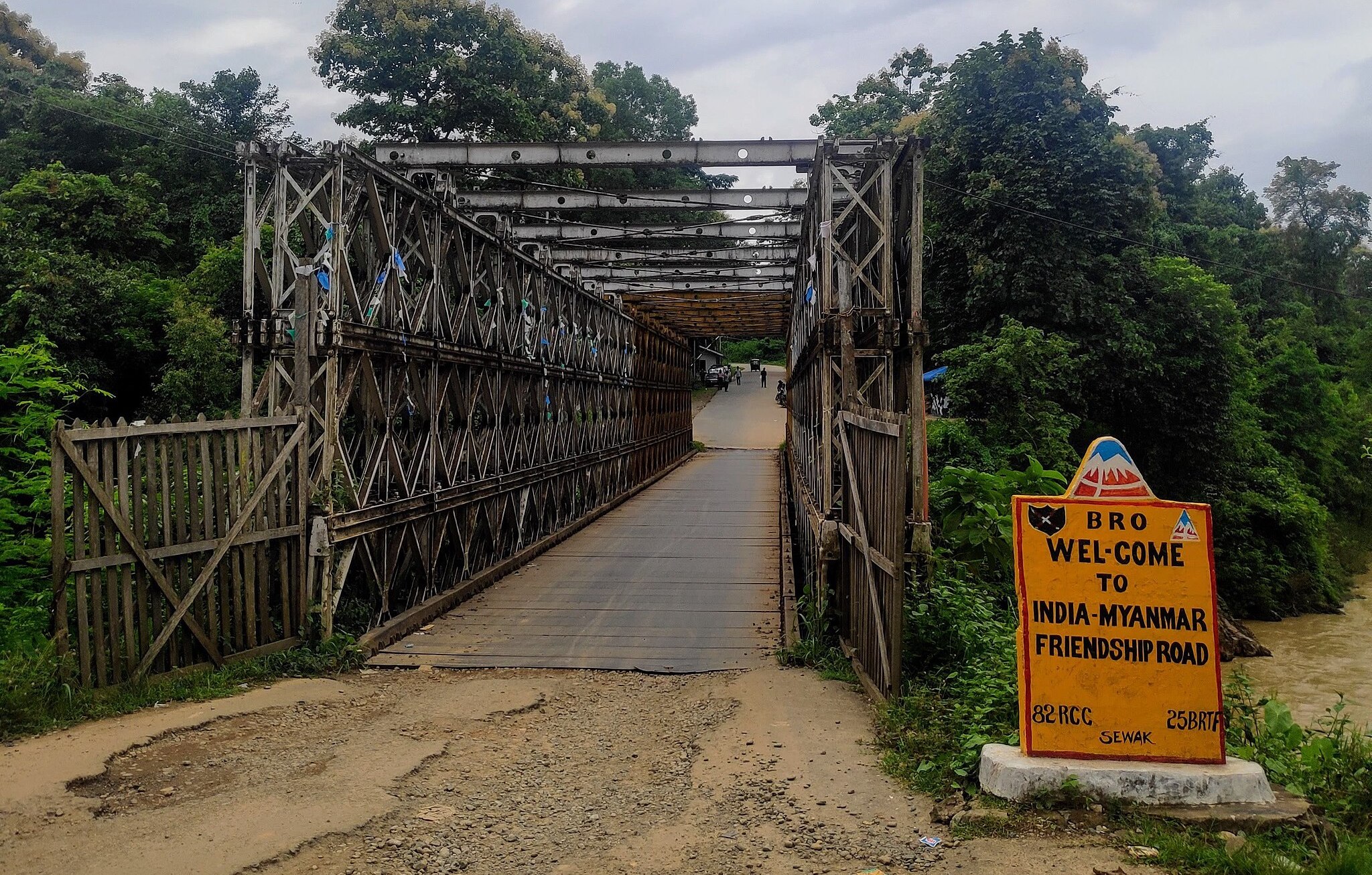Indian Minister of Home Affairs Amit Shah declared on Thursday the discontinuation of the India-Myanmar Free Movement Regime (FMR), which allowed for people from India and Myanmar to move freely between the two countries. Shah claimed the decision will bolster internal Indian security and preserve the demographic structure of India’s northeastern states that share a border with Myanmar. The India-Myanmar border is currently unfenced, and individuals on both sides have familial and ethnic connections.
Shah articulated the decision to scrap the FMR in a post on X (formerly Twitter), stating, “Prime Minister Shri @narendramodi Ji’s resolve is to secure our borders.” The post went on to emphasize that the termination of the FMR is vital for internal security and aligns with the government’s commitment to safeguarding the demographic composition of the northeastern states.
The government also recently announced plans to erect a fence along the 1,643-kilometer border between India and Myanmar. The government intends to construct a patrol pathway to enhance surveillance capabilities as well. When the plan to erect the fence was first announced, the Ministry of External Affairs recommended immediately suspending the FMR, pending a formal withdrawal of the policy. Once the fence is erected, all Myanmar nationals will be required to obtain a visa for entry into India and may only enter through designated border crossing points, integrated checkposts or by air.
The move comes in the wake of escalating violence and political unrest in Myanmar, marked by widespread protests demanding the restoration of democracy following a February 2021 military coup. The border regions, including Rakhine state, have experienced intense conflicts between armed ethnic groups and Myanmar’s military, leading to growing concerns in India about potential security implications for the northeastern regions of Mizoram and Manipur, which are already facing civil unrest.
The 1,643-km-long India-Myanmar border, traversing through Mizoram, Manipur, Nagaland, and Arunachal Pradesh, is presently governed by the FMR. This protocol was established in 2018 as a component of India’s Act East policy, meant to serve the purposes of stronger trade and business ties with South East Asia and other Indo-Pacific countries. Within the FMR framework, every member of hill tribes, whether a citizen of India or Myanmar, residing within 16 km on either side of the border, can cross over by presenting a border pass with a one-year validity. During each visit, they can stay for up to two weeks.


